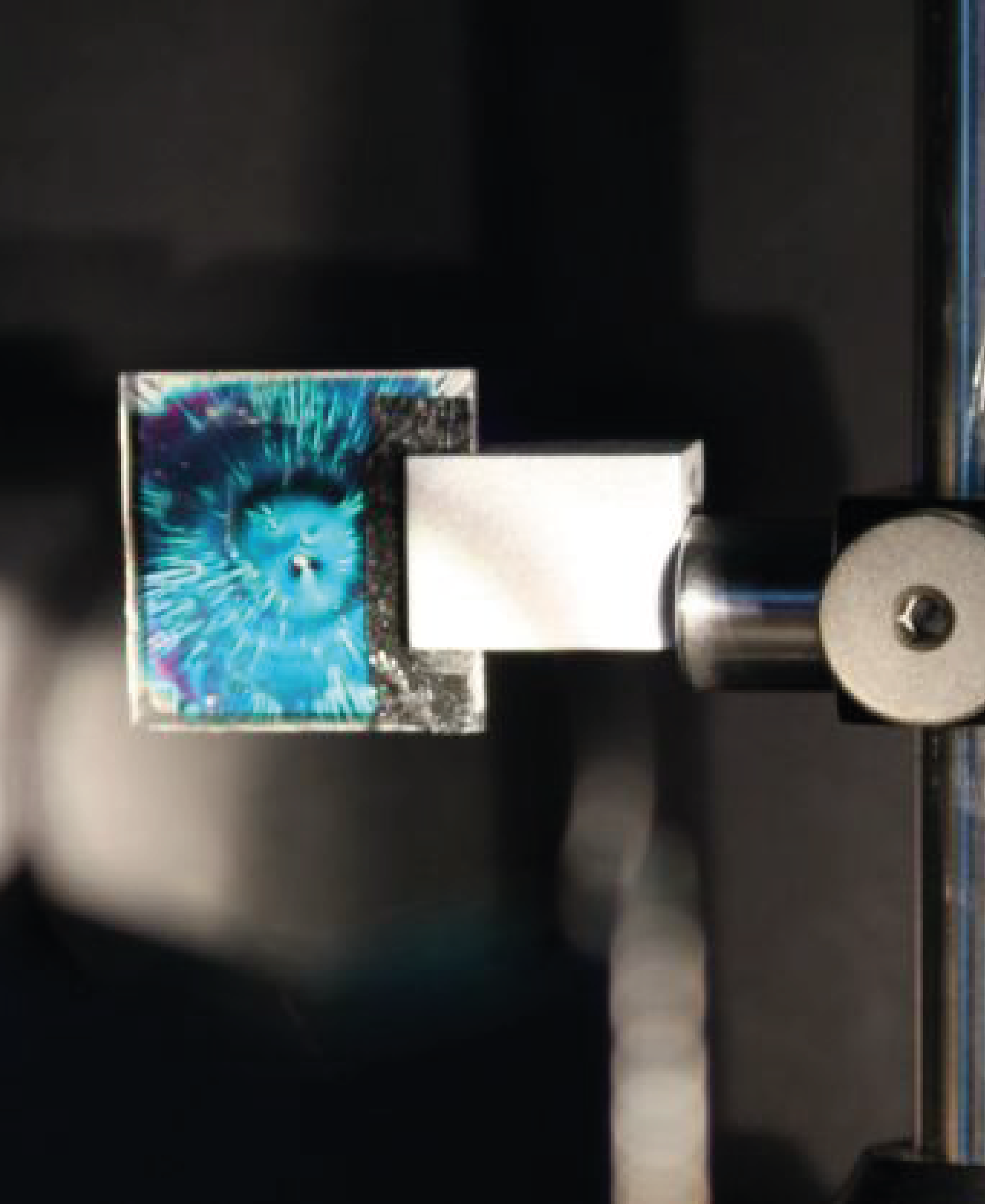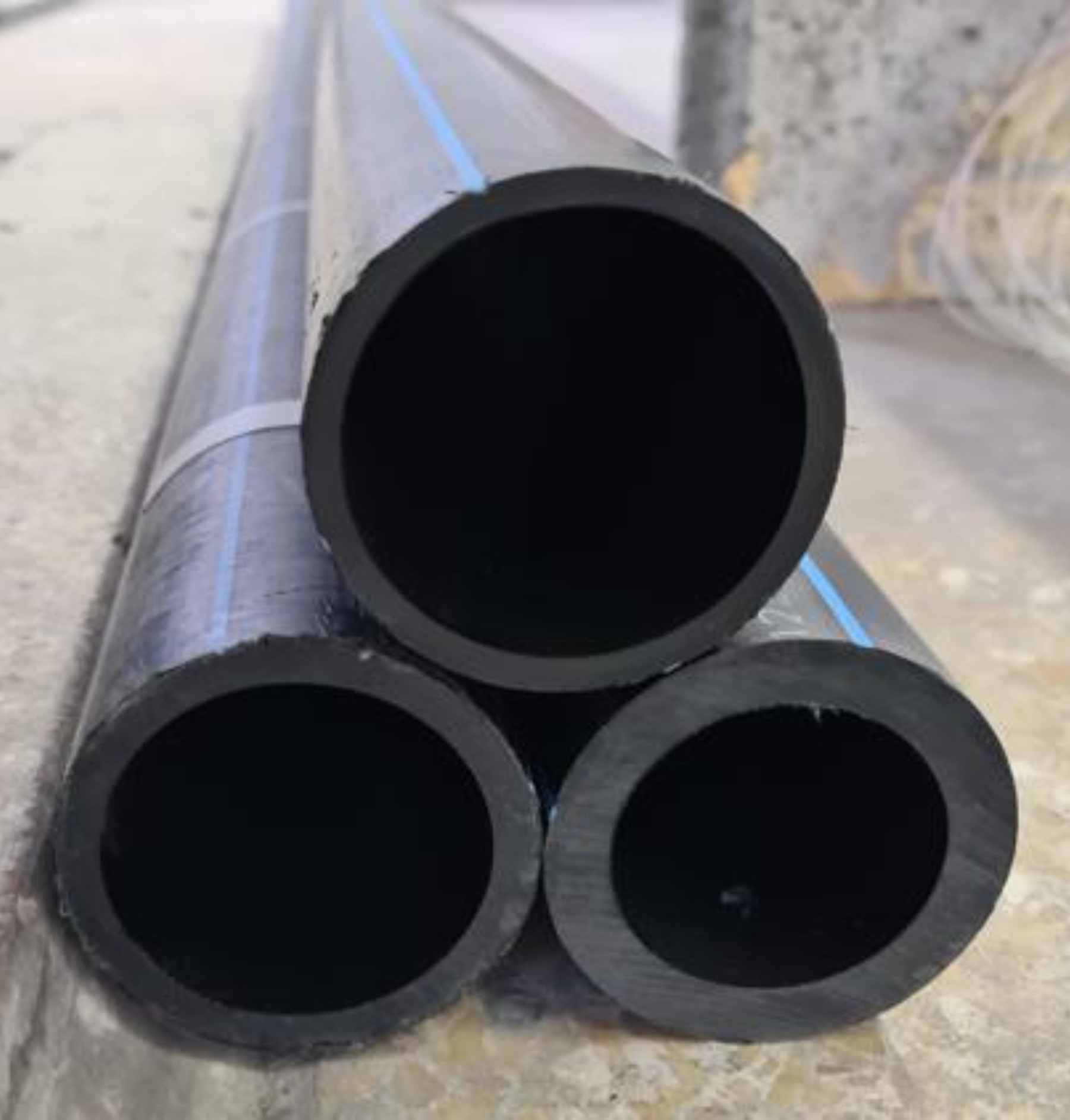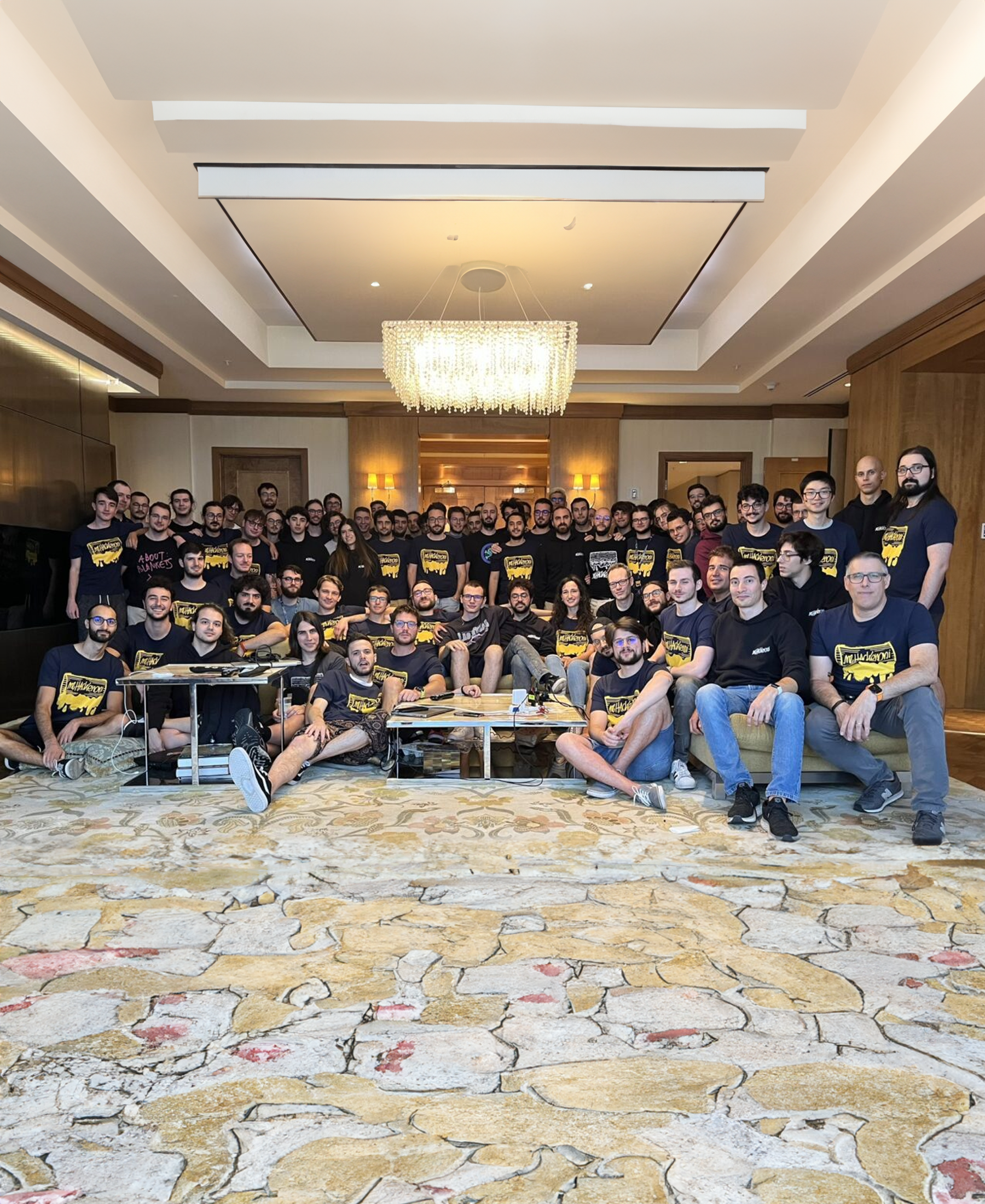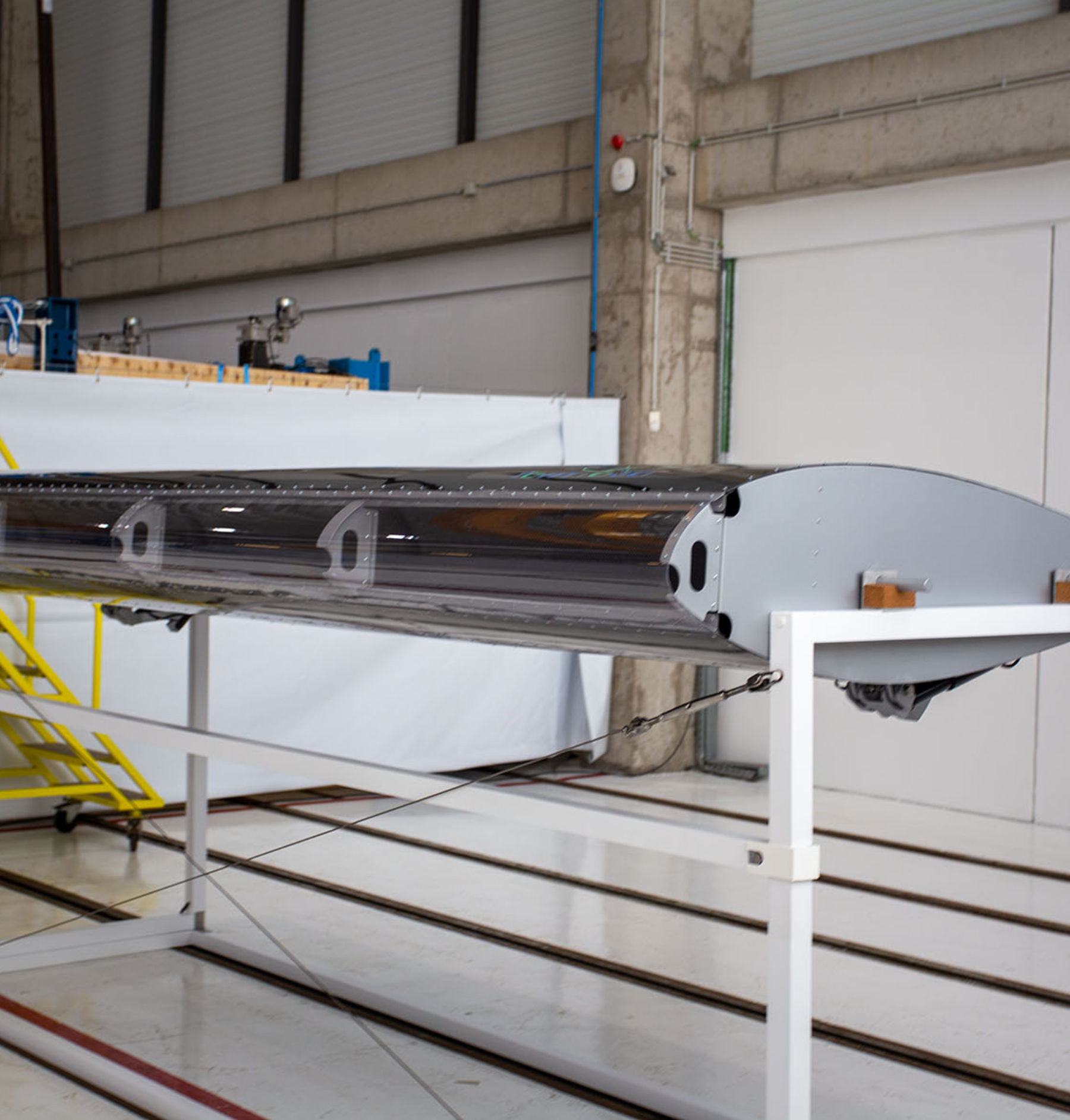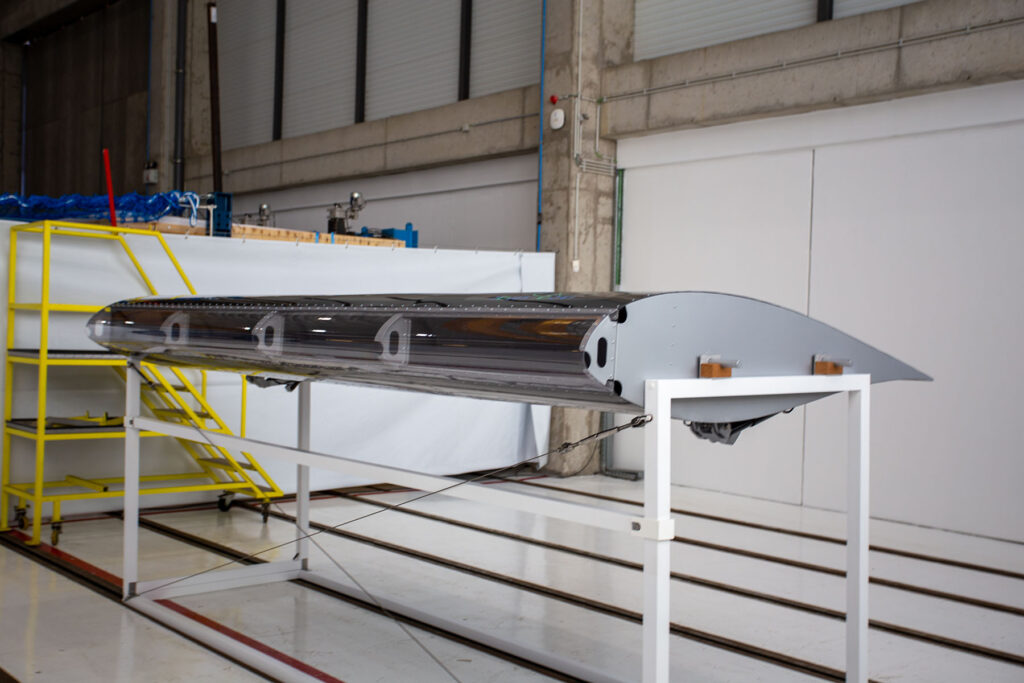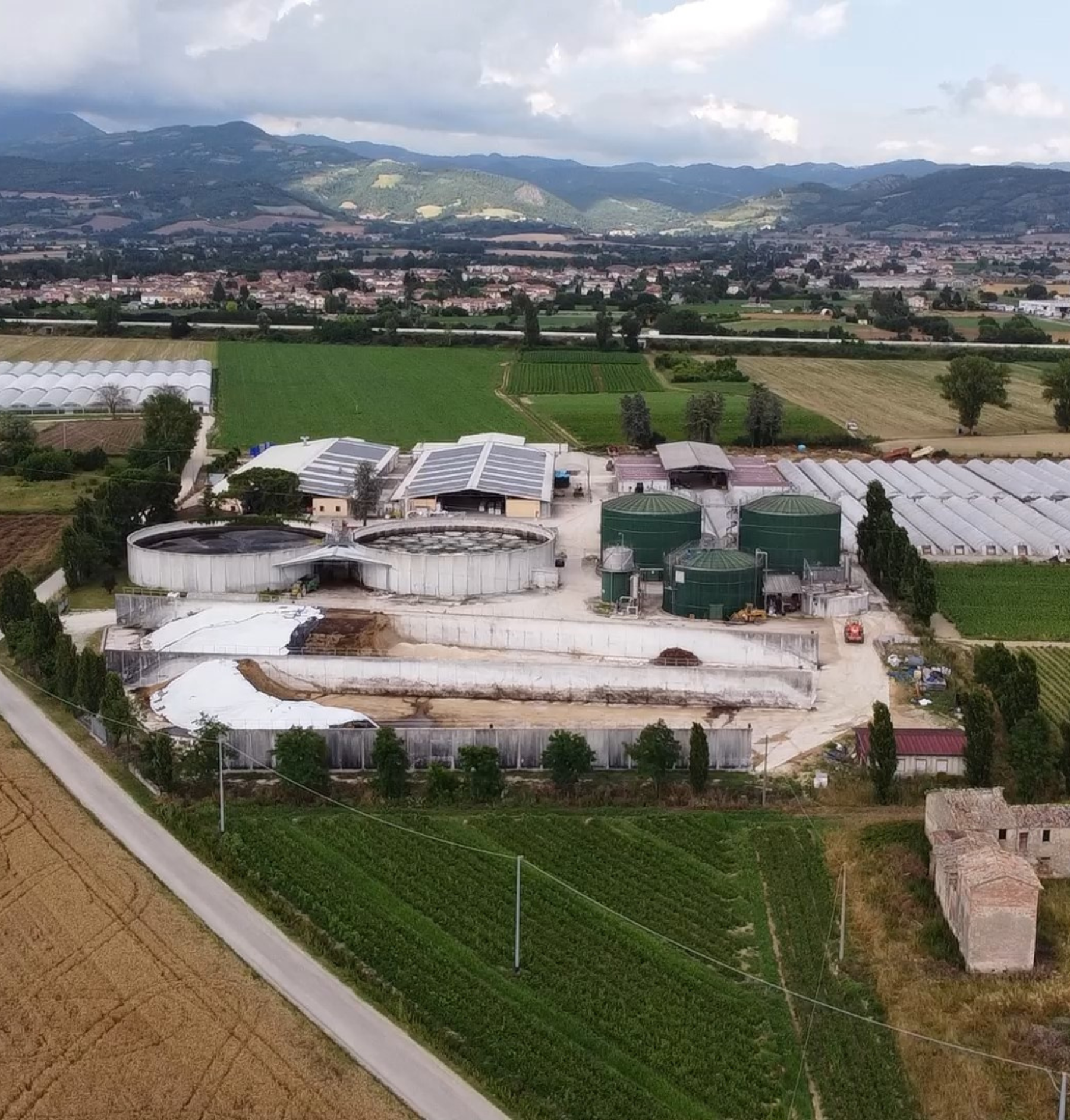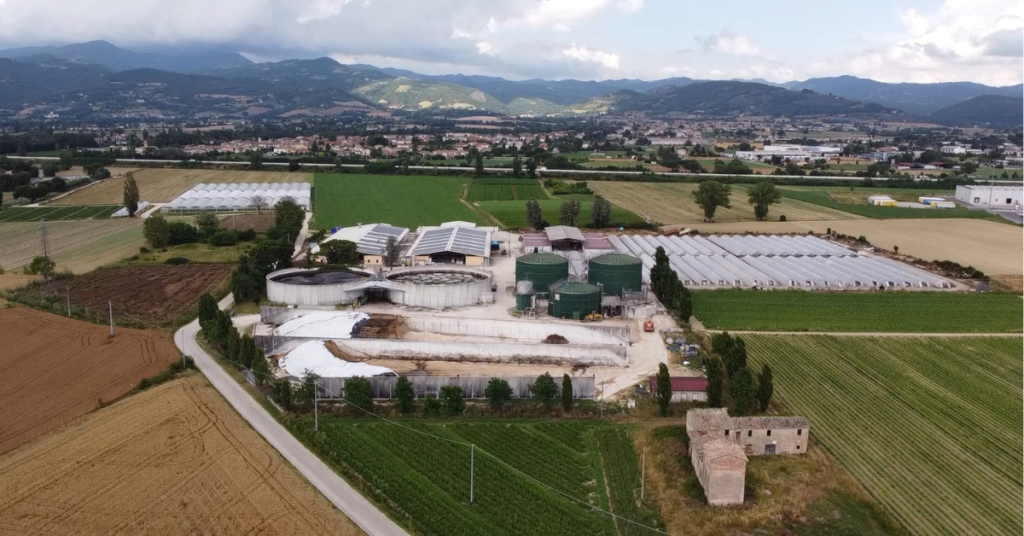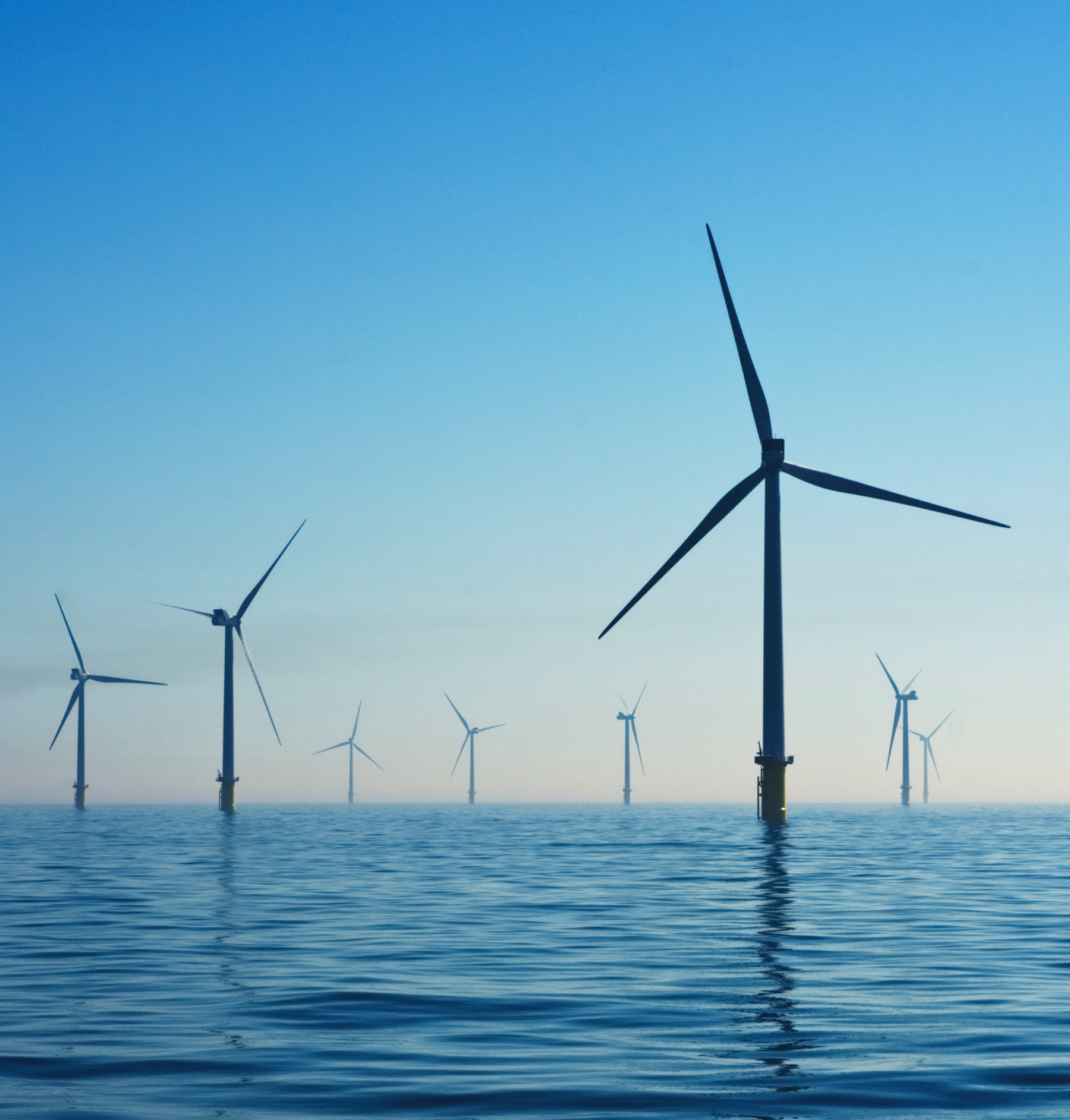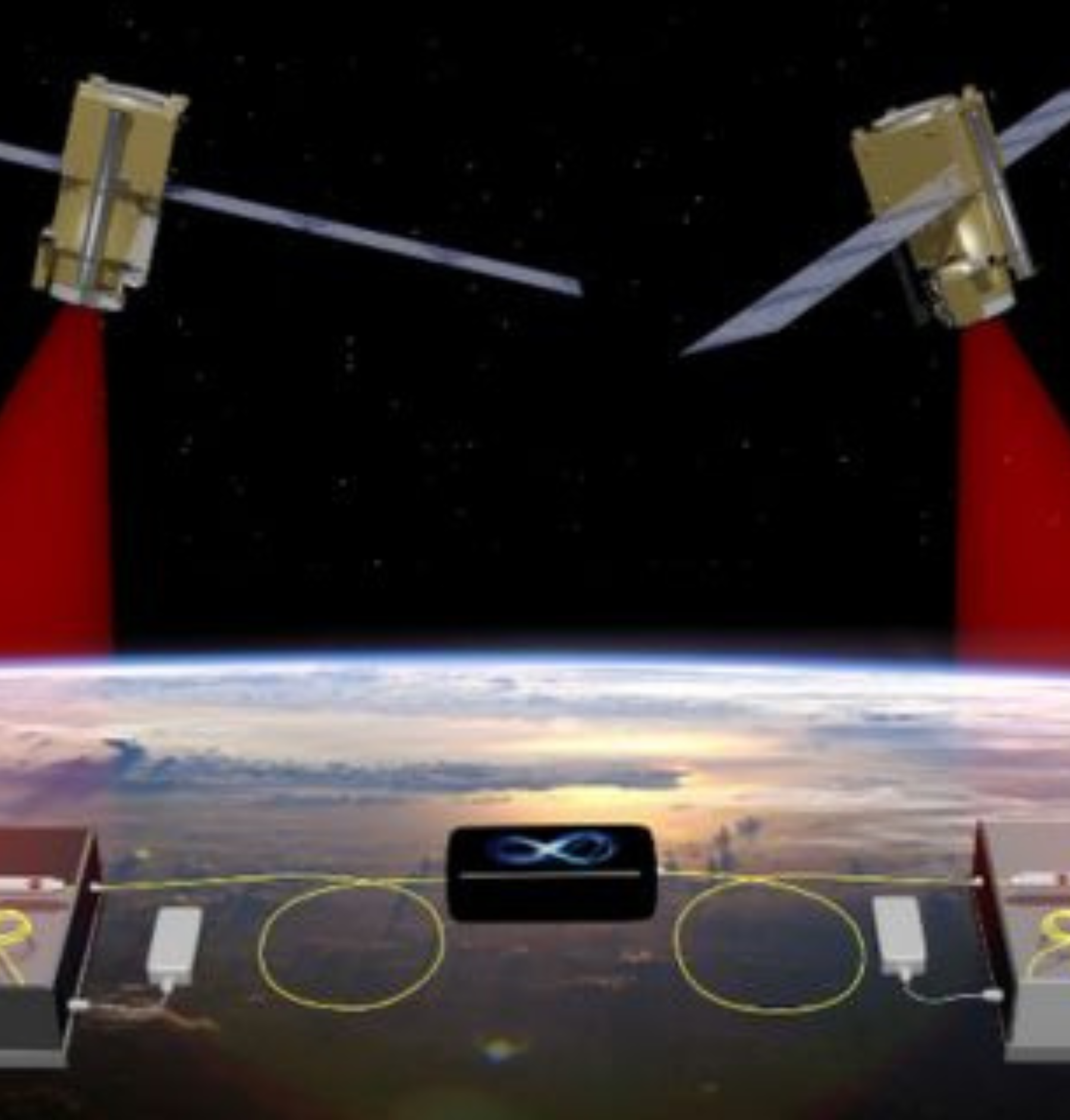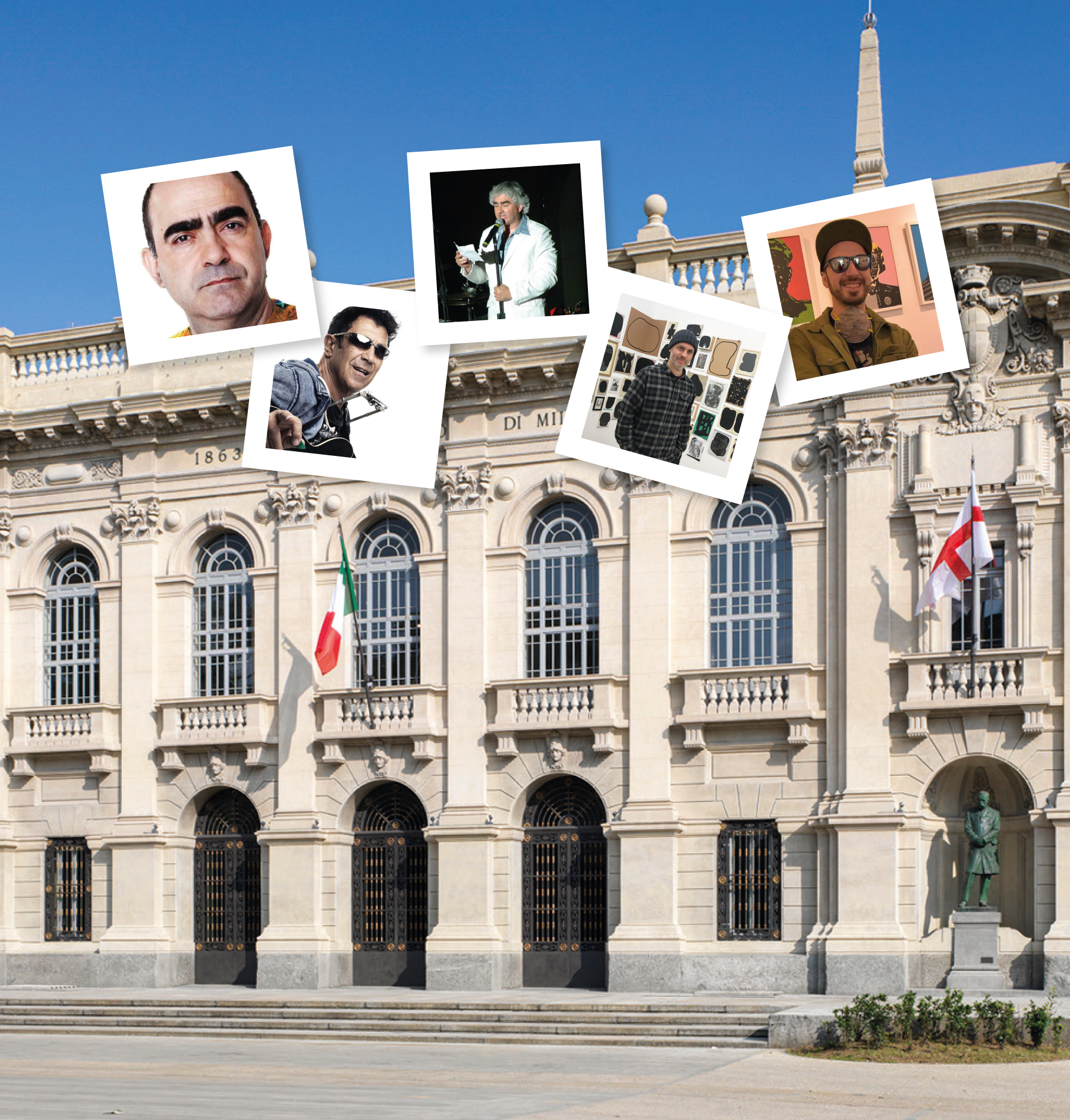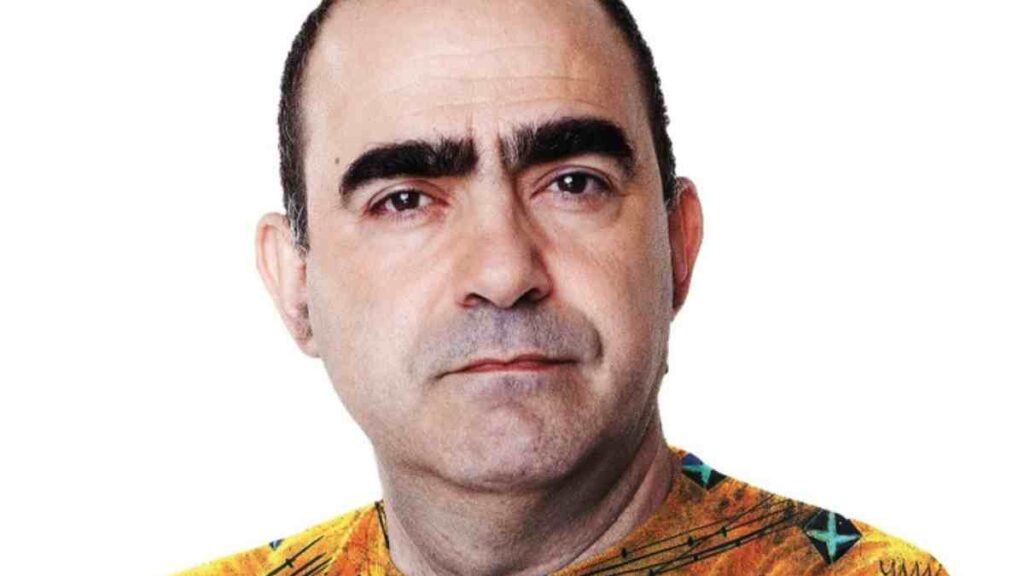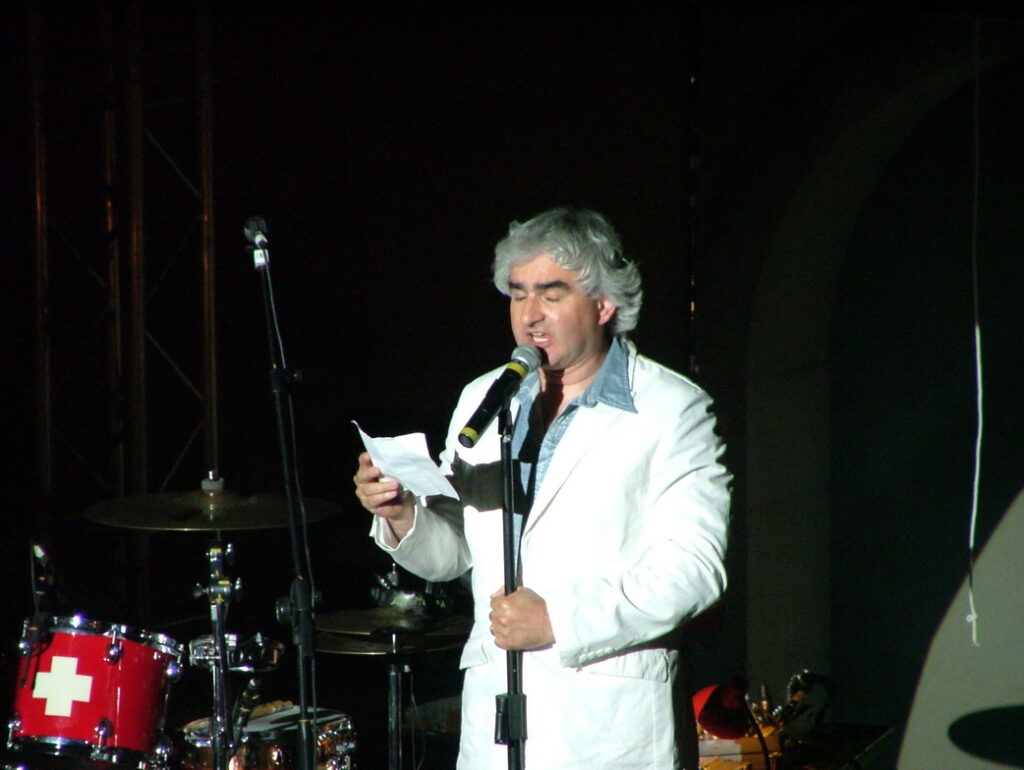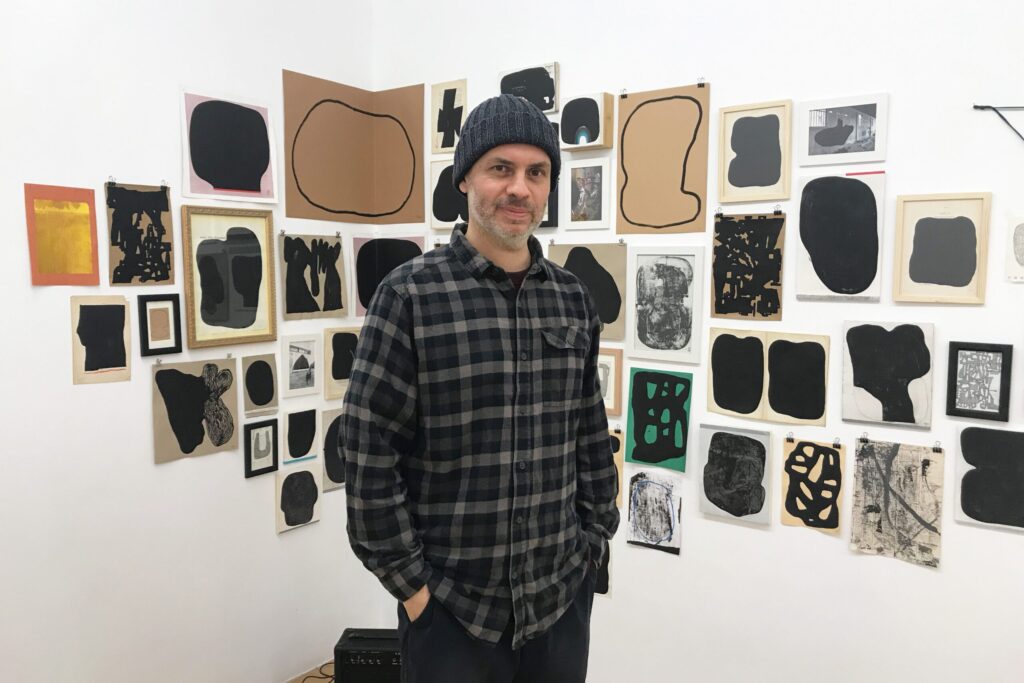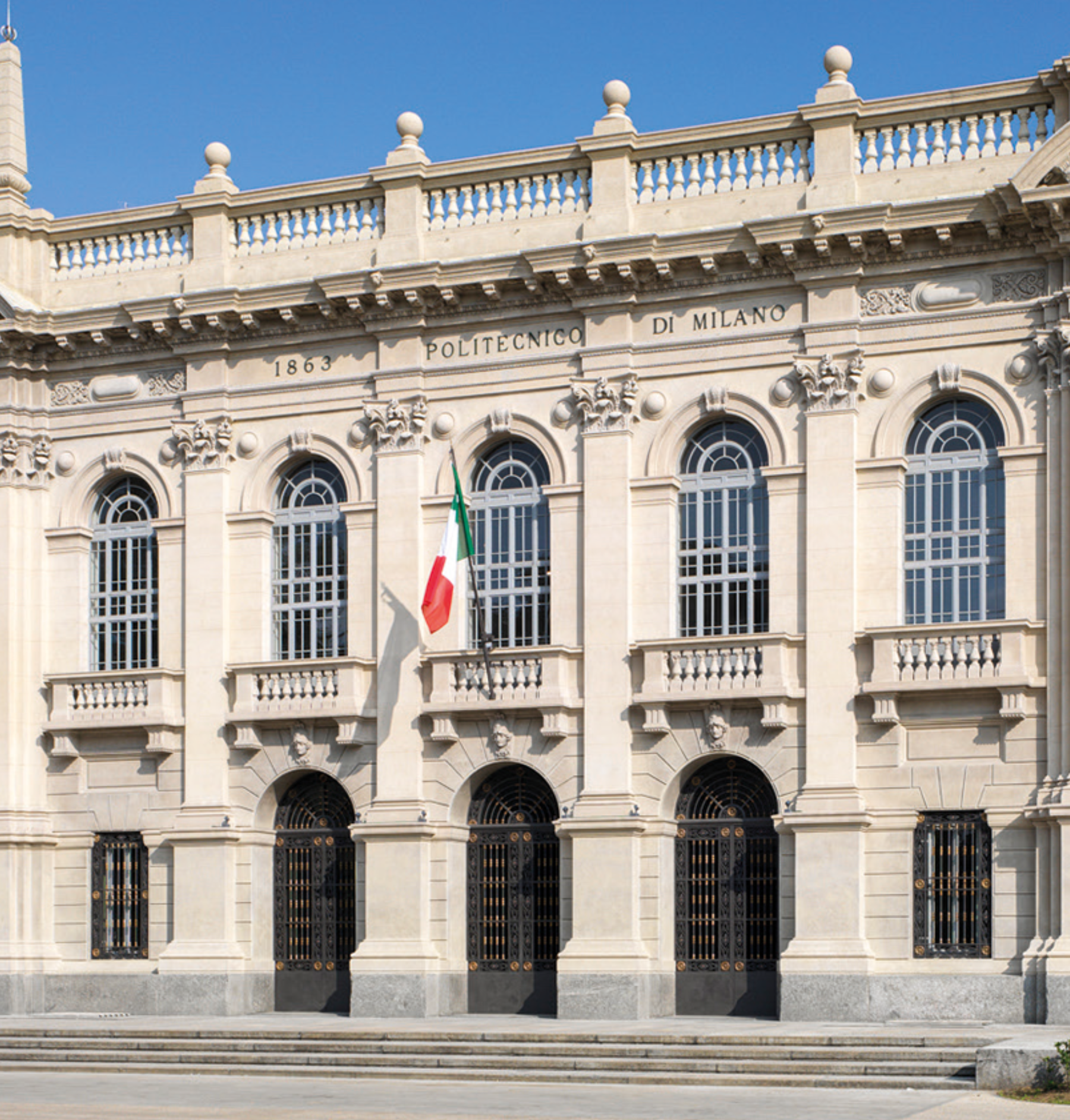A study resulting from a collaboration between the Department of Energy and the Department of Physics at the Politecnico di Milano and supported by an interdisciplinary Ph.D. led by Silvia Rotta Loria has been published in the journal Advanced Optical Materials as a cover article.
The study explains the origin of the superfast optical response of titanium nitride (TiN). This material, already known for its refractory properties, is also attracting increasing interest because of its fast response to photo-excitation and the possibility of controlling its optical and electronic properties during synthesis.
TiN films have already been used for thermo-photovoltaic devices, for artificial photosynthesis or for micro super-capacitors on chips. Moreover, TiN is compatible with technologies used in digital electronics. Overall, it is therefore a material with great potential for the development of ultrafast photonic devices.
The study was carried out thanks to the synergy between two Departments of the Politecnico: TiN films were made in the NanoLab (Micro and Nanostructured Materials Lab) of the Department of Energy, they were then characterised in the ultrafast spectroscopy laboratories of the Department of Physics, and the experimental data were interpreted using a model developed in the Department of Physics.
This collaboration has made it possible to study in depth a material of great technological interest and to clarify the origin of its peculiar response to light excitation, which can be engineered through the manufacturing procedure
explains Prof. Margherita Zavelani Rossi, Department of Energy, co-author of the article.
Thanks to the accurate numerical model developed, it is now possible to determine how the response of a titan nitride thin film can be controlled by light itself; a fundamental knowledge for the development of new miniaturised opto-electronic and photonic devices
adds Prof. Giuseppe Della Valle, Department of Physics, co-author of the article.
The experimentation mentioned in the article is one of the outcomes of the METAFAST project funded by the European Union's H2020-FET-OPEN programme, coordinated by Prof. Giuseppe Della Valle. The project aims to develop a new class of ultrafast optical devices based on special nanostructured surfaces (called nonlinear metasurfaces).
To find out more, the study signed by Silvia Rotta Loria, Beatrice Roberta Bricchi, Andrea Schirato, Luca Mascaretti, Cristina Mancarella, Alberto Naldoni, Andrea Li Bassi, Giuseppe Della Valle and Margherita Zavelani-Rossi is online.


